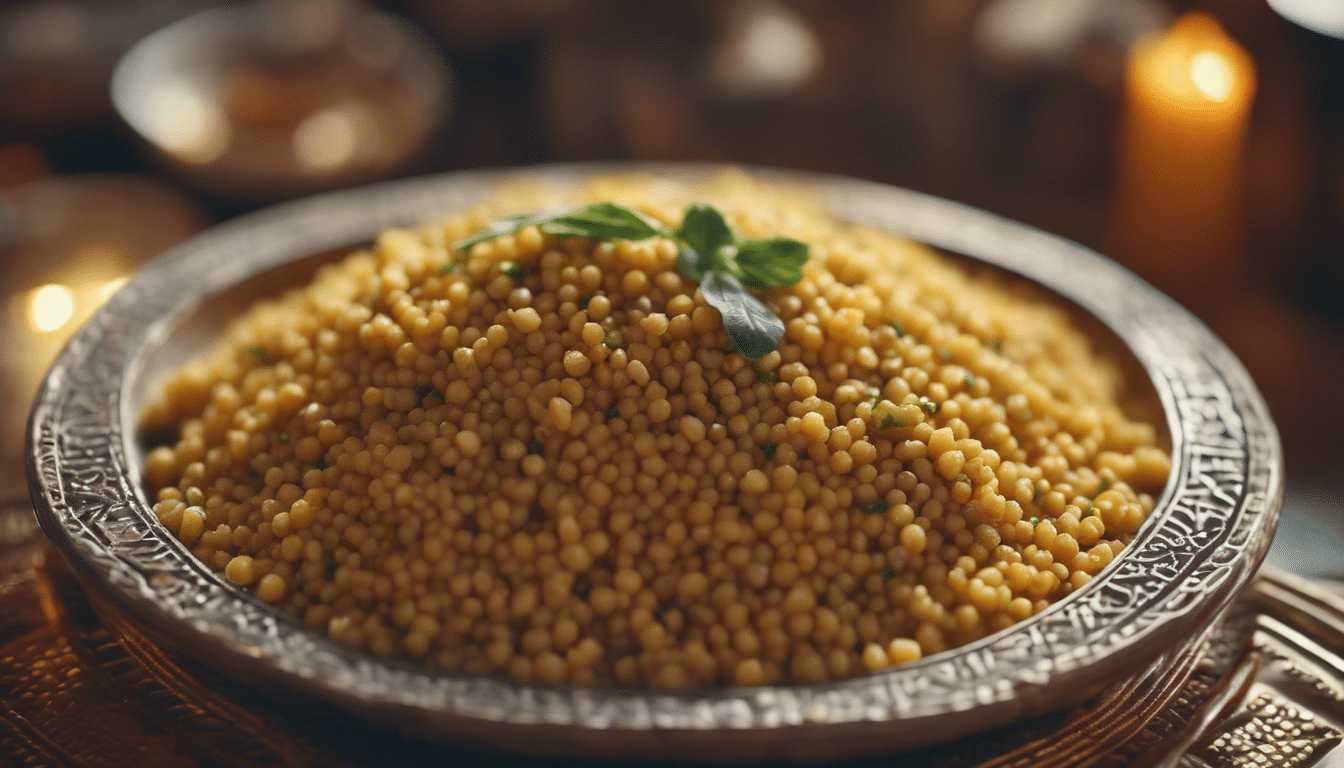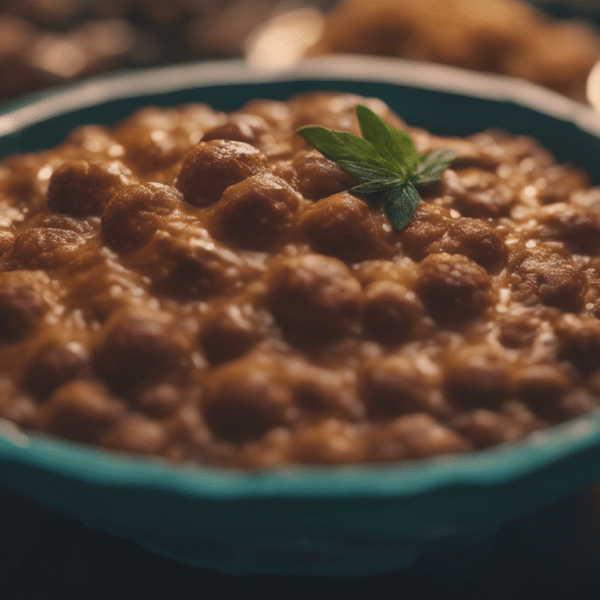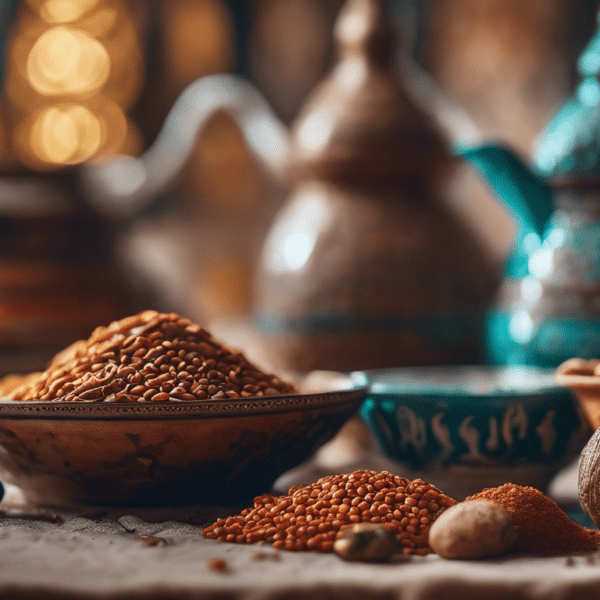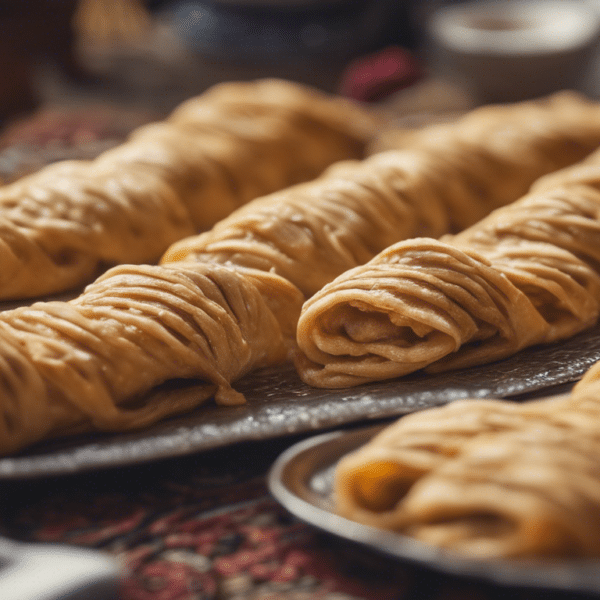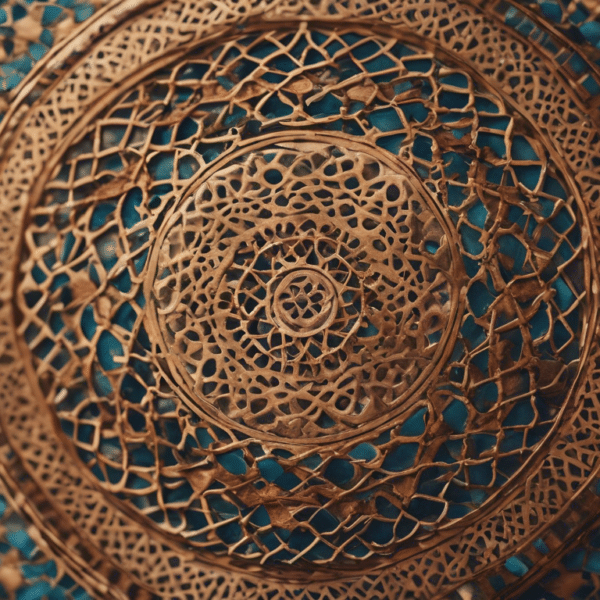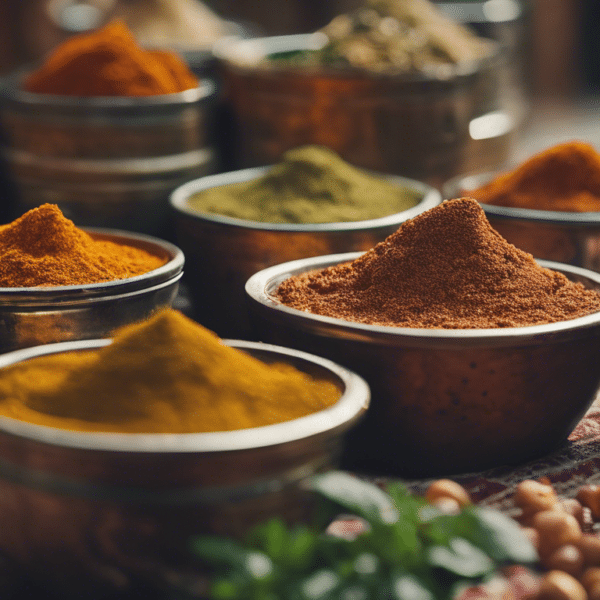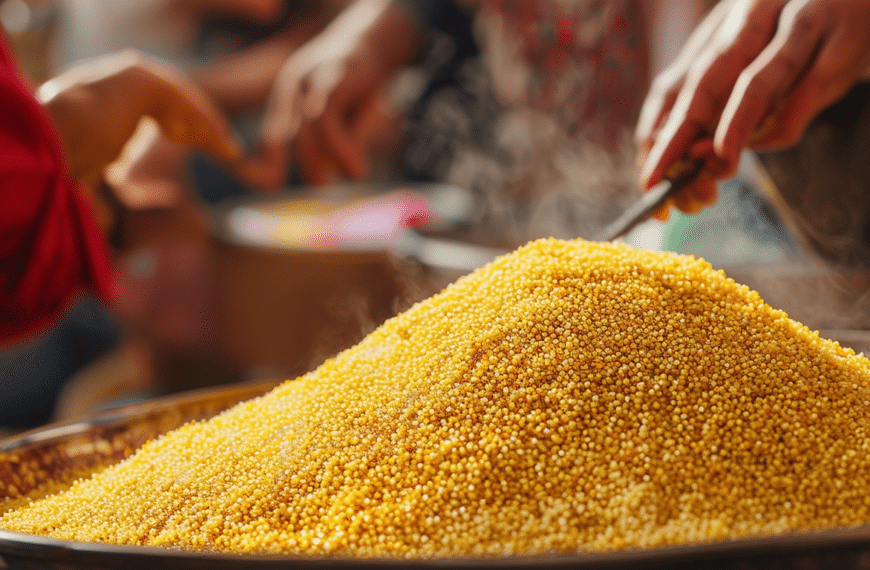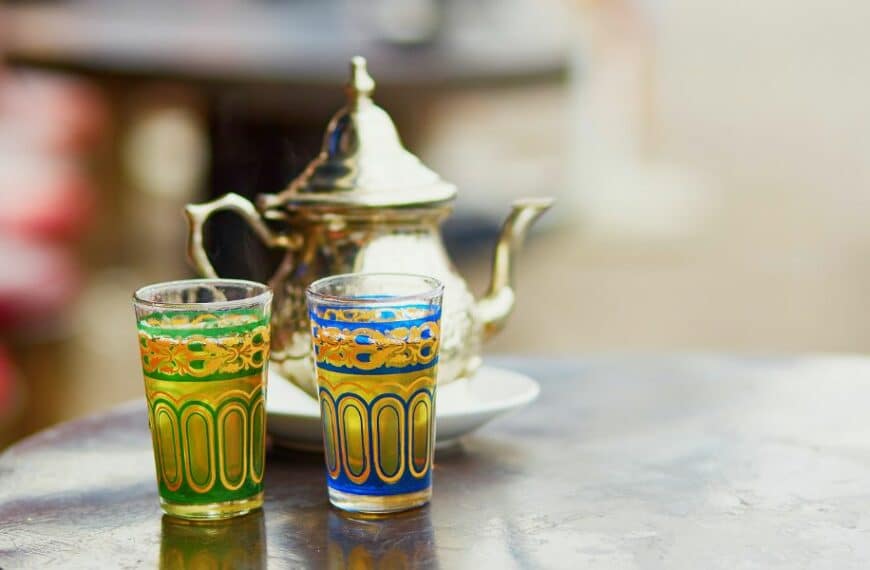Embark on a culinary quest to the heart of Morocco with the delicate grains of couscous as your compass. Uncover the secrets to crafting not just a dish, but a vibrant tableau of tastes and textures that dance on the palate with every sumptuous spoonful. Prepare to weave the magic of ancient traditions with modern flair, tantalizing your senses and leaving you yearning for more. Whether you’re a seasoned chef or a curious connoisseur, get ready to be guided through the art of creating stunning and satisfying Moroccan couscous recipes that promise to transform your dining experience into an unforgettable journey of flavors.
Understanding the basics of Moroccan couscous
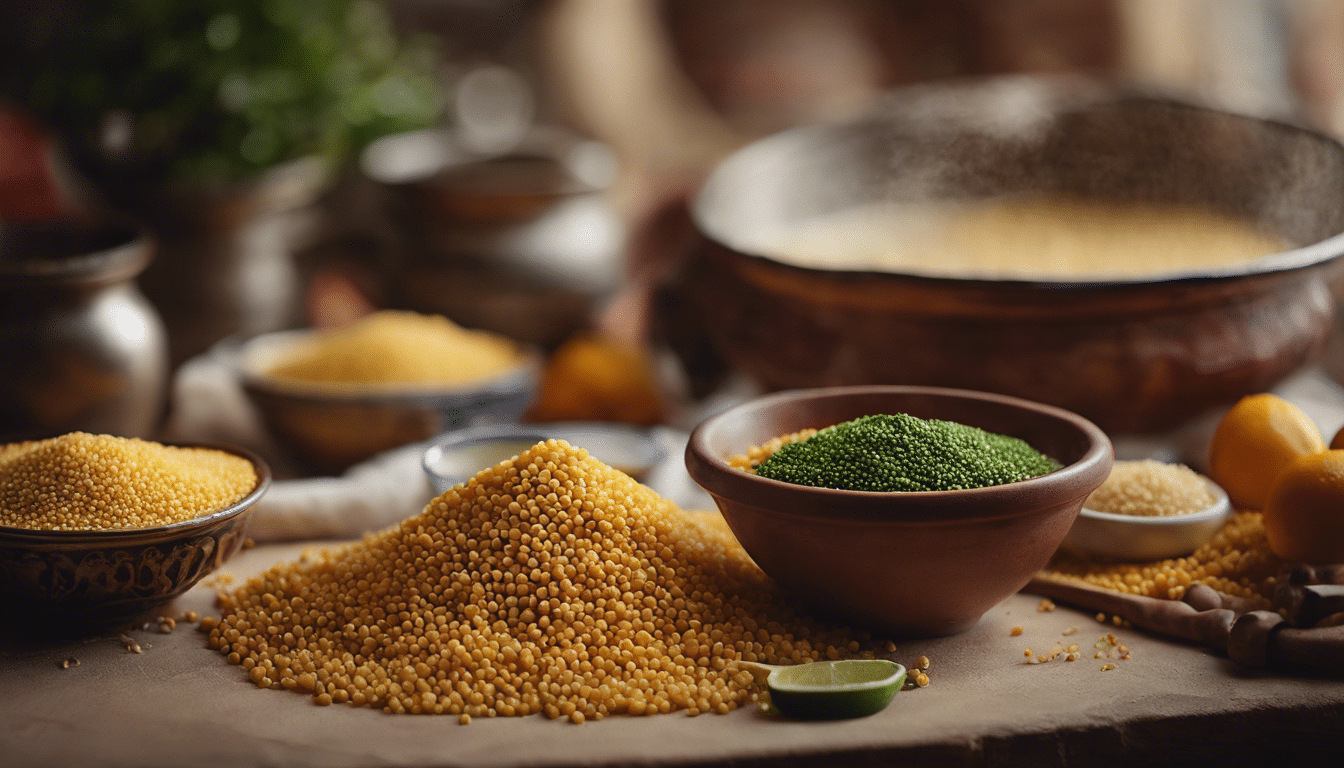
In a world where each grain of sand has a story, let’s whisk away to the golden dunes and bustling souks of Morocco where the humble couscous reigns supreme. A true mosaic of flavor and tradition, Moroccan couscous is not merely a dish; it’s an invitation to a cultural feast that tantalizes the senses and warms the soul.
The Art of Selecting Ingredients
Before the magic begins, one must know the ensemble of characters that make Moroccan couscous a symphony of flavors. Start with the couscous itself – those tiny beads of semolina are the stars of the show. In Morocco, they come in various sizes, and each plays a different role in the culinary canon. Whether fine or hearty in grain, selecting authentic, high-quality semolina couscous is the first step in your flavourful journey.
Preparation and Tradition
Now, channel the spirit of a Moroccan bazaouia – a revered cook who has handed down her culinary wisdom through generations. Preparing couscous is almost meditative. Begin by gently steaming the grains over a simmering pot of spiced broth – a process that coaxes out their inherent nuttiness. To this, add a mélange of specially chosen spices – turmeric, cinnamon, and ras el hanout – a bold yet subtle blend unique to Moroccan gastronomy.
Composing the Flavor Symphony
Ah, but the grains are only the prelude. Bring in the orchestra – the vegetables, meats, and legumes. Root vegetables like carrots and turnips, sweet zucchini, and plump tomatoes. For the carnivores, lamb or chicken is marinated and cooked to tender perfection, while chickpeas and raisins offer earthy tones and hints of sweetness. Layer these elements, allow them to mingle and marry beneath the steam, crafting a crescendo of taste and tradition.
The Ceremony of Serving
In the dance of dining, presentation is the graceful twirl. Couscous is traditionally served on a large, communal platter, the vegetables and meats nestled in its warm embrace, a brothy moat encircling the mound. The eaters gather, armed with spoons or expert fingers, sharing from the same dish – a ritual of unity and friendship.
Pairings and Potions
To truly honor the Moroccan table, do not forget the libations. A pot of freshly brewed mint tea, sweetened with nature’s honey, is the perfect companion. As you sip between bites, the tea refreshes the palate, preparing for the next verse of flavor.
Recipes to Ignite Your Kitchen
Dive into the genuine Moroccan couscous experience with recipes that encourage improvisation and flavor infusions. Start with a traditional Moroccan Couscous with Seven Vegetables, a homage to the number believed to bring blessings. Or venture into a Sweet and Savory Couscous, where dried apricots and candied almonds create a delightful contrast. Perhaps a Seafood Couscous calls to you, a culinary tapestry where the sea’s jewels meet the earth’s grains.
Venture into the heart of Moroccan cuisine, where each grain of couscous carries a tale of history, a spec of soil, and a drop of sweat from the brows of Moroccan mothers and fathers. Through this adventure of taste, you carry their stories in your kitchen, your dish, your memory.
Invite the tales of Morocco onto your dinner table with boldness and a dash of whimsy, celebrating the basics of Moroccan couscous recipes that have danced through time. Bon appétit, or as they say in the shimmering streets of Marrakesh, “Sahtain!”
Selecting the right type of couscous
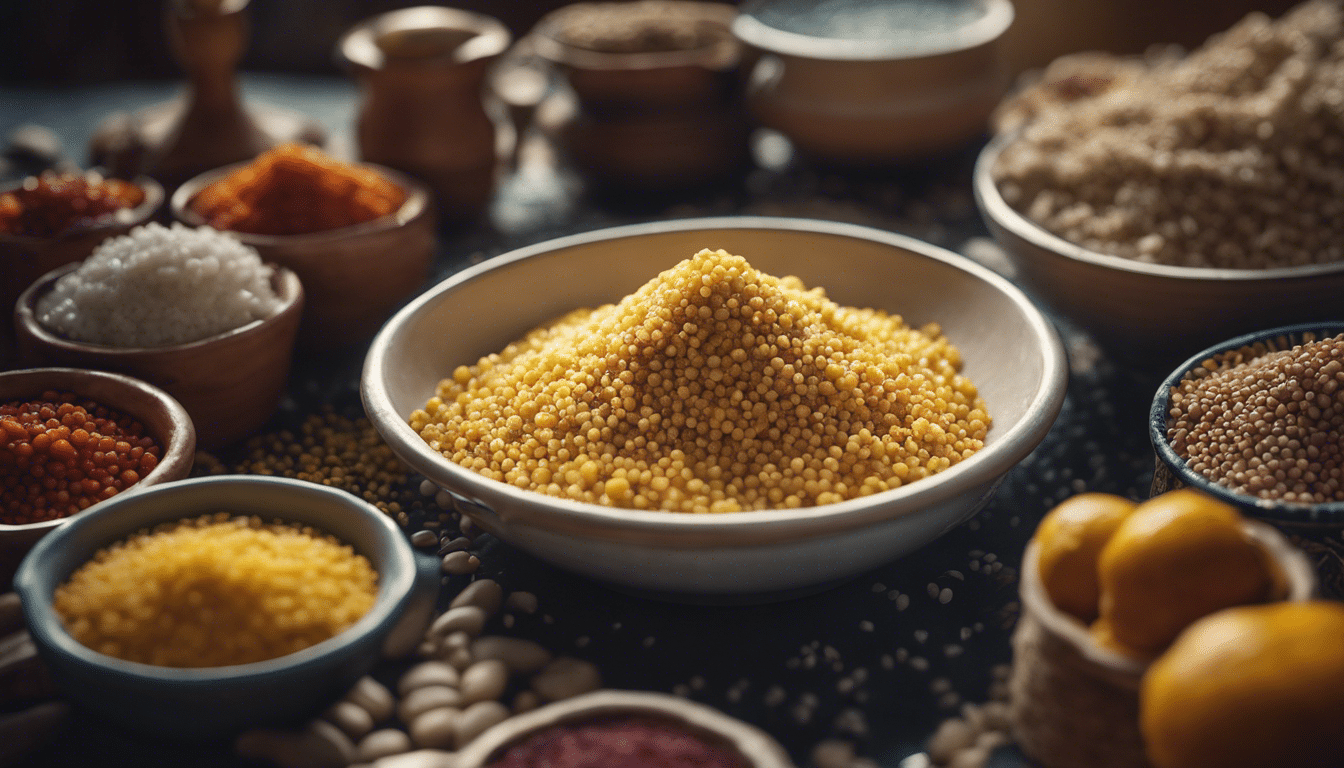
In the world of North African gastronomy, couscous holds a place of honor like the sun does in the sky. It’s a culinary masterpiece that whisks the palate to the vivacious alleys and vibrant bazaars of Morocco. Yet, in the pursuit of creating authentic Moroccan couscous recipes, the choice of couscous is pivotal. Let me guide you through the grains that form the canvas of such illustrious dishes.
Couscous Grain Varieties
Embarking on this grainy voyage, you’ll encounter three distinct types of couscous. There’s the fine-grained couscous, a delicate entity often used in traditional dishes, the mid-sized, which is more versatile, and the robust pearl couscous, known as ‘Israeli couscous.’ Each type wields its unique texture and quirks, making them suitable for different recipes and culinary touches.
Traditional Moroccan Dishes and Couscous Choices
When one conjures images of Moroccan feasts, the classic Moroccan couscous with seven vegetables often comes to mind. This iconic dish pairs best with the fine-grained variety; it’s all about letting the subtle flavors from the melange of vegetables and spices sing through. On the other hand, a good hearty couscous tagine welcomes the mid-sized grains, as they absorb the succulent juices without losing their composure.
For a twist on tradition, consider using the larger, pearl couscous in salads or as a base for a Moroccan-inspired bowl. Tossed with aromatic spices, preserved lemons, and a sprinkle of fresh herbs, the pearls offer a satisfying chew and act as little pockets catching the essence of your dressing.
Finding the Perfect Texture
The dream texture for your couscous is fluffiness personified, grains dancing freely without clumping. Achieving this nirvana of graininess requires precise steaming or careful preparation according to the type of couscous at hand:
– Fine couscous: Steam gently once, separate the grains, and steam again until it’s cloud-like.
– Mid-sized couscous: A bit more forgiving, often prepared with a fluffing technique using butter or oil.
– Pearl couscous: Requires boiling, much like pasta, followed by a drizzle of olive oil and a light fluff.
Seasoning and Spices in Couscous
The right couscous stands as a vessel for carrying the rich tapestry of Moroccan flavors. Begin with a base of salt and perhaps a touch of olive oil. Then, let the magic of spices like saffron, cumin, and cinnamon take the reins. The grains should be coated but not overwhelmed, leaving room for the spices and seasonings of the accompanying dishes to shine.
The Ritual of Serving
In Morocco, serving couscous is wrapped in ritual and warmth. It’s piled high in a communal dish, a testament to hospitality and the familial sharing of a meal. Surrounding the couscous might be the finest selections from land and sea, from lamb to fish, each treated with reverence and the unmistakable Moroccan flair.
In essence, selecting the right type of couscous for your recipe is a harmony of choosing the grain that complements the textures and flavors of your dish, understanding the desired end texture, and embracing the practice of serving and sharing that makes Moroccan cuisine so deeply soulful. Whether it is for a simple family meal or a feast for the ages, let the grains of couscous be the foundation upon which the rich mosaic of Moroccan culinary culture is built.
Key spices and herbs in Moroccan cuisine
Embarking on a journey through the savory landscapes of Moroccan couscous is akin to a symphony of flavors, where each ingredient plays a pivotal role in creating a masterpiece. As the vibrant chef that I am, guiding you through the bustling medina of Moroccan cuisine is both my pleasure and my craft. Within the array of spices, we find the soul of Moroccan couscous – the cornerstone of our cultural gastronomy.
To taste Moroccan couscous is to understand the melody of spices that dance upon the palate. Here, the key spices and herbs are not just random footnotes; they are the essence of Moroccan heritage, lovingly passed from generation to generation. These magical elements transform simple grains into a festival of senses, each spoonful narrating stories of ancient markets and sun-soaked fields.
At the heart of any couscous recipe, there lies a combination so iconic that it sings of Moroccan authenticity: saffron’s warmth, the bold zest of ginger, and the earthy punch of cumin. Together, these spices paint a landscape as inviting as the Moroccan sun. Saffron lends its golden hue and subtle floral notes, while ginger injects a peppery warmth that awakens the senses. Cumin, with its smoky aroma and robust flavor, adds depth and complexity.
But the harmony doesn’t end there. Coriander and cinnamon often join this revered troupe, adding layers of flavor. Coriander seeds, when crushed, bestow a lemony tang with a hint of nuttiness, a surprising twist that enlivens the grains. Cinnamon provides a sweet undertone, reminiscent of ancient trade routes and exotic bazaars.
No Moroccan dish is complete without the herbal notes that elevate it from the earthly to the divine. Parsley and cilantro, known locally as ‘khezama’ and ‘kosbor’, are the enduring duo that garnishes and enhances. Fresh mint, another stalwart, offers a cooling contrast, a whisper of freshness amid the spice-laden affair.
The allure of playing with these spices and herbs is not just in their individual characteristics, but in their union – how they meld and flourish together within the fluffy couscous, complementing the vegetables and broth they so often accompany. It’s a culinary ballet, where each step, each twirl of the spoon, infuses the dish with tradition and innovation, hinting at the infinite possibilities that Moroccan cuisine offers to the culinary explorer.
Imagine, if you will, a marketplace where the aroma of these spices wafts through the air, an invisible siren call to all who seek out the essence of Moroccan couscous. The art of blending these ingredients speaks of an ancient wisdom, of secrets whispered between the leaves and the seeds, coming alive in the hands of those who dare to experiment and savor.
In essence, crafting the perfect Moroccan couscous is less about strict adherence to recipes and more about engaging with the symphony of flavors that these spices and herbs create. It is an invitation to our Moroccan riad’s kitchen, where cooking is not just an act but a celebration of life’s vibrant hues.
So, as you venture into the realm of Moroccan cooking, let these spices be your guide. Trust in their ability to lead you through centuries-old traditions and into the heart of a culture that prides itself on its rich, flavorful, and soulful cuisine. Embrace the dance and, in doing so, delight in the creation of a couscous that is uniquely yours, yet undeniably Moroccan.

